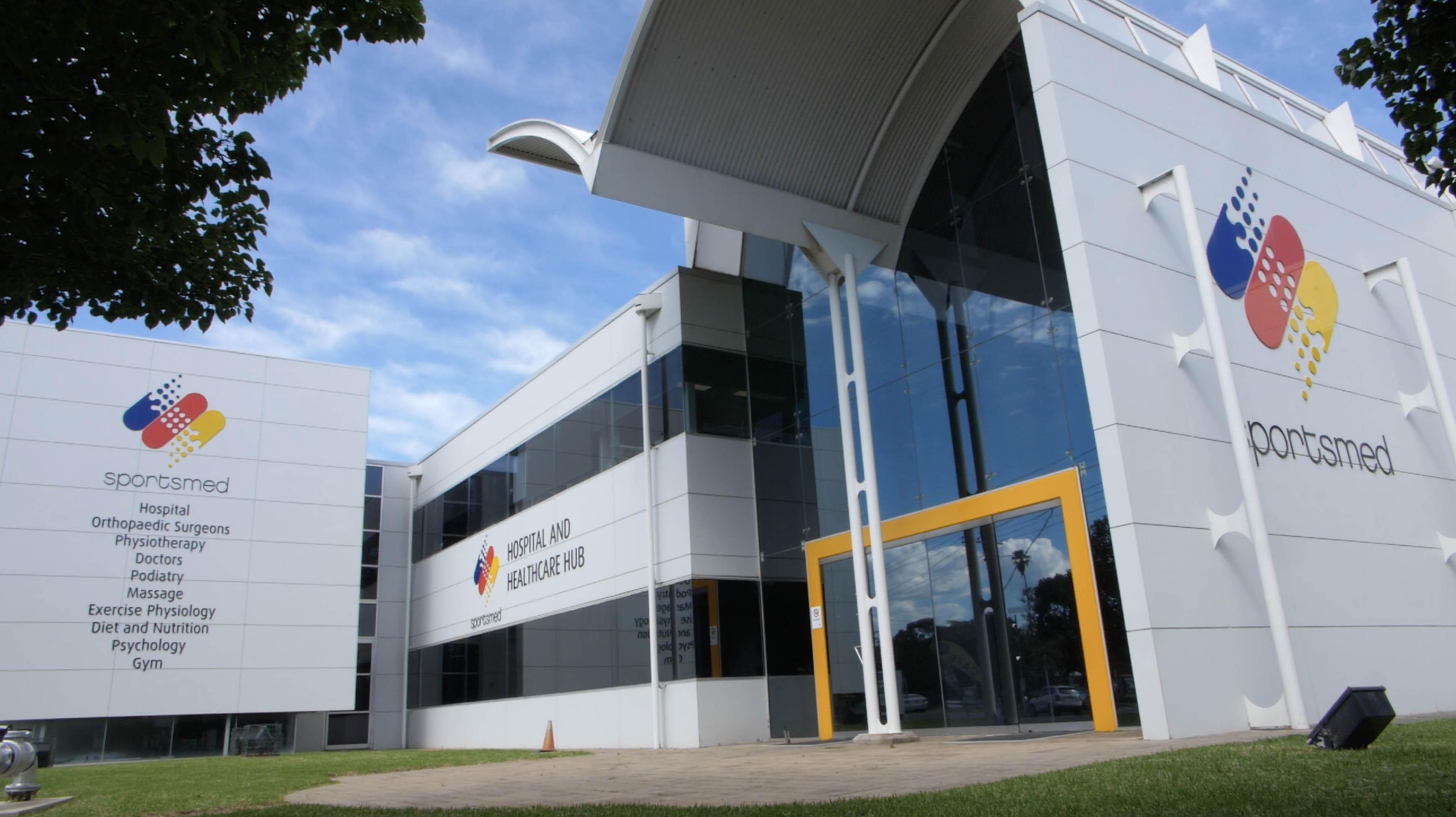
Dr Gieroba uses the Mako robot for surgical planning and execution. You first get a CT scan before the surgery that gets uploaded into the robot. The robot then knows what your bones look like. Before the operation, Dr Gieroba reviews the scans and plans the position of your joint replacement implants.
The Mako robot is a surgical robot that is used to assist knee and hip replacement surgery.
In surgery, pins are inserted into the bones to which a tracker is attached. This tracker tells the robot where you are. Finally, Dr Gieroba traces your bone with a special pointer. This links it all together and the robot can match your bones in the operating room to your CT scan which is in its memory.
From here, the implant position plan is reviewed again and optimised. The robot then makes precise bone cuts to allow for implantation of the joint replacement components.
For Dr Gieroba, the robot is analogous to parking aids in a car. Before parking sensors and reversing cameras we all used to park our cars just fine. The modern aids make the process easier and safer. We can still park our cars and not use the technology.
Dr Gieroba can still do a hip or knee replacement the “old-school” way and there are certain cases where there is a need to, but when it is available he prefers using the technology to make to process easier and smoother.
The Australia Joint Replacement Registry has in fact shown a lower revision rate for Total Knee Replacements when using robotic assistance.
Burnside Hospital - Stepney
